Rising Incidence of Chronic Diseases
The prevalence of chronic diseases such as cancer, cardiovascular disorders, and neurological conditions is on the rise, thereby propelling the Bio Imaging Technologies Market. According to recent statistics, chronic diseases account for nearly 70% of all deaths worldwide, underscoring the urgent need for effective diagnostic and monitoring tools. Imaging technologies are integral in the early detection and management of these conditions, facilitating timely interventions. The increasing burden of chronic diseases is expected to drive demand for advanced imaging solutions, as healthcare providers seek to improve patient care and outcomes. This trend suggests a robust growth trajectory for the Bio Imaging Technologies Market in the coming years.
Growing Awareness of Preventive Healthcare
There is a notable increase in awareness regarding preventive healthcare, which is influencing the Bio Imaging Technologies Market. Patients and healthcare providers are increasingly recognizing the importance of early detection and preventive measures in managing health. This shift in mindset is driving demand for imaging technologies that facilitate routine screenings and assessments. As a result, the market for imaging solutions is expected to expand, with a focus on technologies that promote preventive care. This trend suggests that the Bio Imaging Technologies Market will continue to thrive as more individuals seek proactive health management strategies.
Technological Advancements in Imaging Modalities
The Bio Imaging Technologies Market is experiencing rapid advancements in imaging modalities, which significantly enhance diagnostic capabilities. Innovations such as high-resolution MRI, advanced CT scans, and PET imaging are becoming increasingly sophisticated. These technologies allow for earlier detection of diseases, which is crucial in improving patient outcomes. The market for imaging modalities is projected to grow at a compound annual growth rate of approximately 7.5% over the next few years. This growth is driven by the need for more accurate and efficient diagnostic tools, which are essential in the evolving landscape of healthcare. As these technologies continue to develop, they are likely to play a pivotal role in shaping the future of the Bio Imaging Technologies Market.
Increased Investment in Healthcare Infrastructure
Investment in healthcare infrastructure is a critical driver for the Bio Imaging Technologies Market. Governments and private entities are allocating substantial resources to enhance healthcare facilities, particularly in developing regions. This investment often includes the acquisition of advanced imaging technologies, which are essential for modern diagnostics. For instance, the establishment of new hospitals and diagnostic centers is likely to increase the demand for imaging equipment. As healthcare systems evolve, the integration of state-of-the-art imaging technologies becomes paramount. This trend indicates a positive outlook for the Bio Imaging Technologies Market, as enhanced infrastructure supports the adoption of innovative imaging solutions.
Regulatory Support for Advanced Imaging Technologies
Regulatory bodies are increasingly supporting the development and approval of advanced imaging technologies, which is beneficial for the Bio Imaging Technologies Market. Streamlined approval processes and favorable regulations encourage innovation and expedite the introduction of new imaging modalities. This regulatory environment fosters competition and drives technological advancements, ultimately benefiting healthcare providers and patients alike. As new imaging technologies receive regulatory backing, their adoption is likely to increase, further propelling the growth of the Bio Imaging Technologies Market. This supportive framework indicates a promising future for the sector.


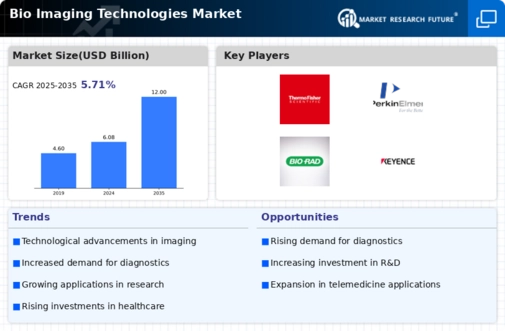
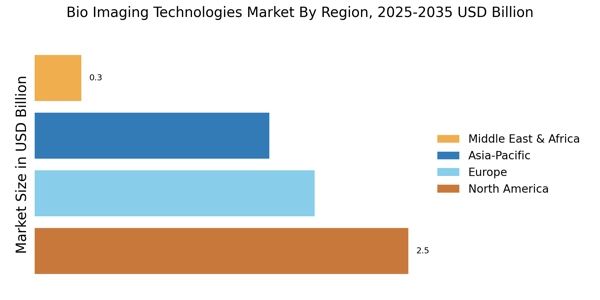
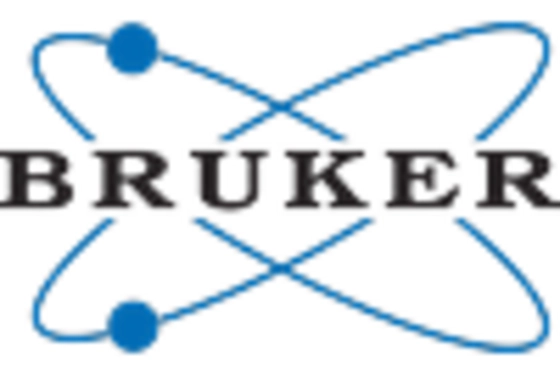
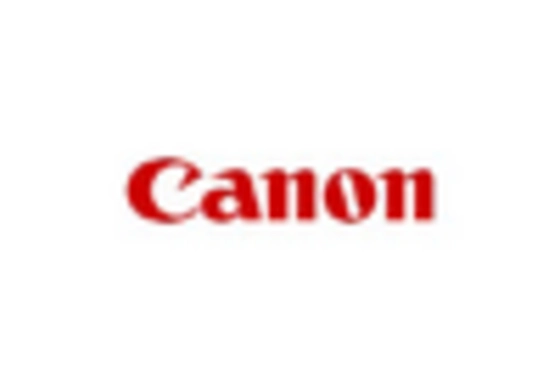
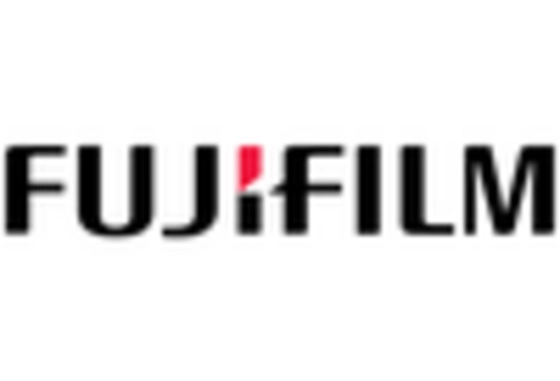











Leave a Comment